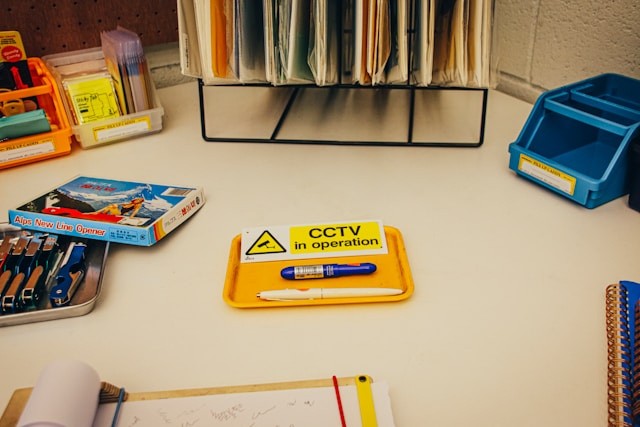
Imagine a company without visual cues or assigned places for everything. It looks too miserable, doesn't it? That's where 5S precisely comes to the rescue.
What Is 5S?
5S is a system invented by Japanese inventor Sakichi Toyoda that organizes workspaces to optimize efficiency, effectiveness, and safety. It involves placing items in their designated locations to maintain a clean workplace with smoother operations and fewer injuries, according to 5S TODAY.
The terminology originated from the Toyota Production System (TPS), developed by Toyota Motor Company leaders during the early and mid-20th century. In the Western context, it is known as Lean manufacturing, which refers to a methodology focused on enhancing the value of products or services to customers by identifying and eliminating waste in production processes.
Lean manufacturing incorporates several tools, including 5S, Kanban, Kaizen, Heijunka, Jidoka, and Poka-Yoke. Of the six tools, 5S was the foundation of the TPS because achieving consistently high-quality results remains challenging unless the workplace is clean and organized.
A cluttered and disorganized workspace can result in errors, accidents, and slowed production, which disrupt operations and ultimately affect a company's performance.
The methodology of 5S
Here are the five essential steps designed to achieve the 5S objectives:
Sort (Seiri)
Initiating the 5S methodology requires you to identify unnecessary items to reduce clutter, minimize distractions, and streamline the workspace.
Set in Order (Seiton)
In this step, you have to assign specific locations and label items logically and systematically so you do not spend too much time looking for them elsewhere.
Shine (Seiso)
In the third step, you must implement standardized procedures and practices for cleaning, inspecting, and maintaining the workspace to ensure that everything is in optimal working condition and free of defects.
Standardize (Seiketsu)
In the fourth step, you have to create guidelines and procedures to maintain the workspace consistently, such as documenting the first three steps and establishing a regular schedule for their implementation.
Sustain (Shitsuke)
The final step should focus on fostering a culture of continuous improvement where the previous four steps are consistently implemented, and the workspace is continuously optimized.
Tools You Will Need for 5S
Here are the essential tools that you will need in implementing 5S as outlined by SimpliLearn:
1. Red Tags: These labels are used to mark items that are no longer needed or currently unused, aiding in the sorting process.
2. Shadow boards: These are organizational tools that outline equipment on the board to facilitate the identification of missing items.
3. Visual controls: These aids are implemented to facilitate the quick and accurate identification of the designated locations for tools and equipment, such as color coding, labeling, and signage.
4. Cleaning checklists: These tools are employed to verify that the workspace remains clean and orderly.
5. Standardized work procedures: These procedures help ensure consistency in how tasks are performed by each participant.
6. Floor marking tape: This tape is employed to mark boundaries, aisles, and storage areas. Kanban systems: These systems are employed to manage inventory levels efficiently, helping maintain optimal inventory levels and prevent resource wastage.
7. Visual management boards: These boards are utilized to showcase key performance indicators (KPIs) and track progress toward sustaining improvements achieved through the 5S methodology.
According to Dantar P. Oosterwal in The Lean Machine, Harley Davidson famously applied the 5S principles to successfully overcome near-bankruptcy and achieve a remarkable turnaround in 1985, boosting productivity by 50% and decreasing space needs by 25%. Like Toyota, they emphasized just-in-time production to minimize excess inventory and valued input from team members for ongoing operational enhancements.



